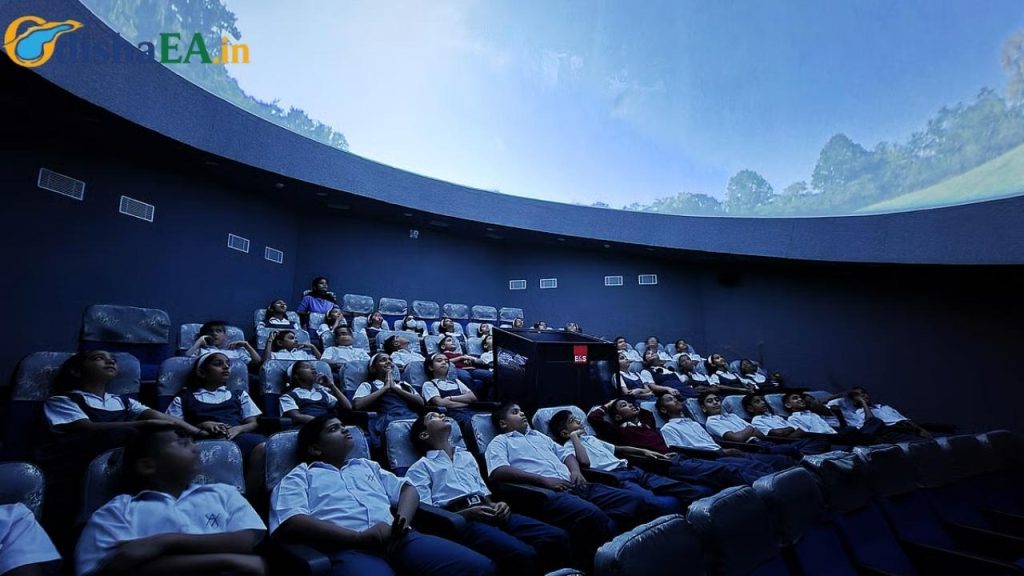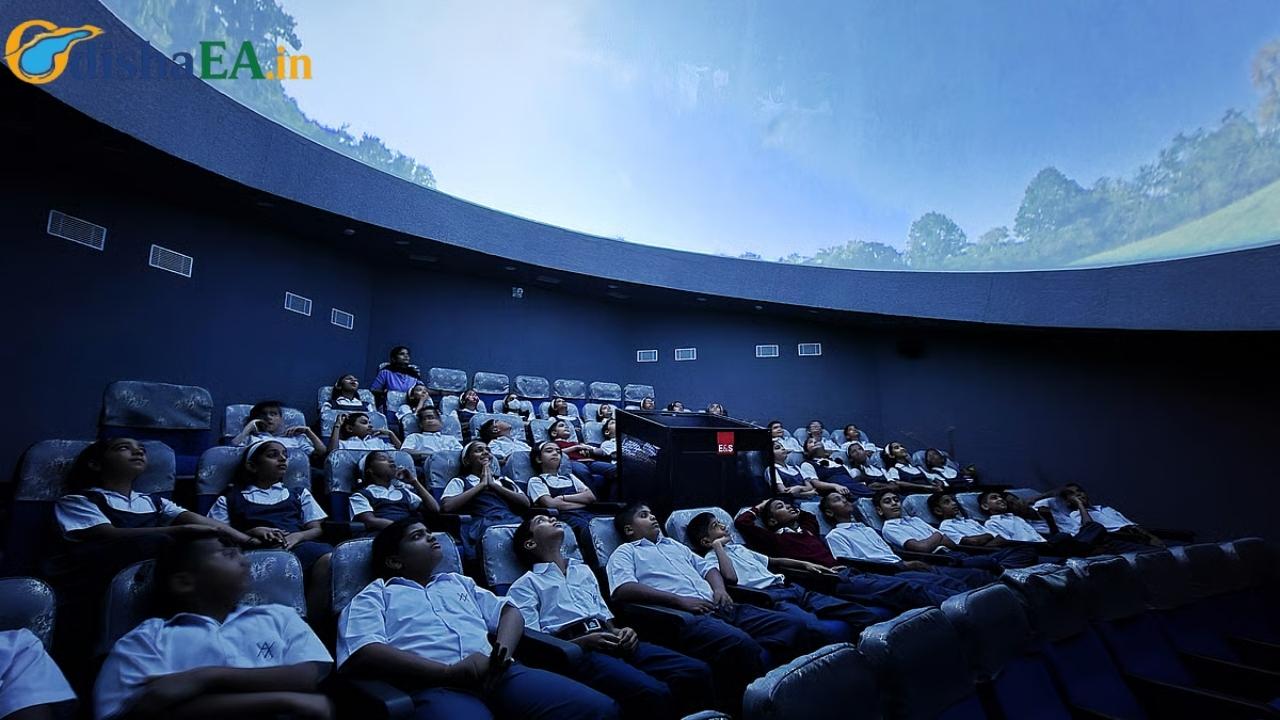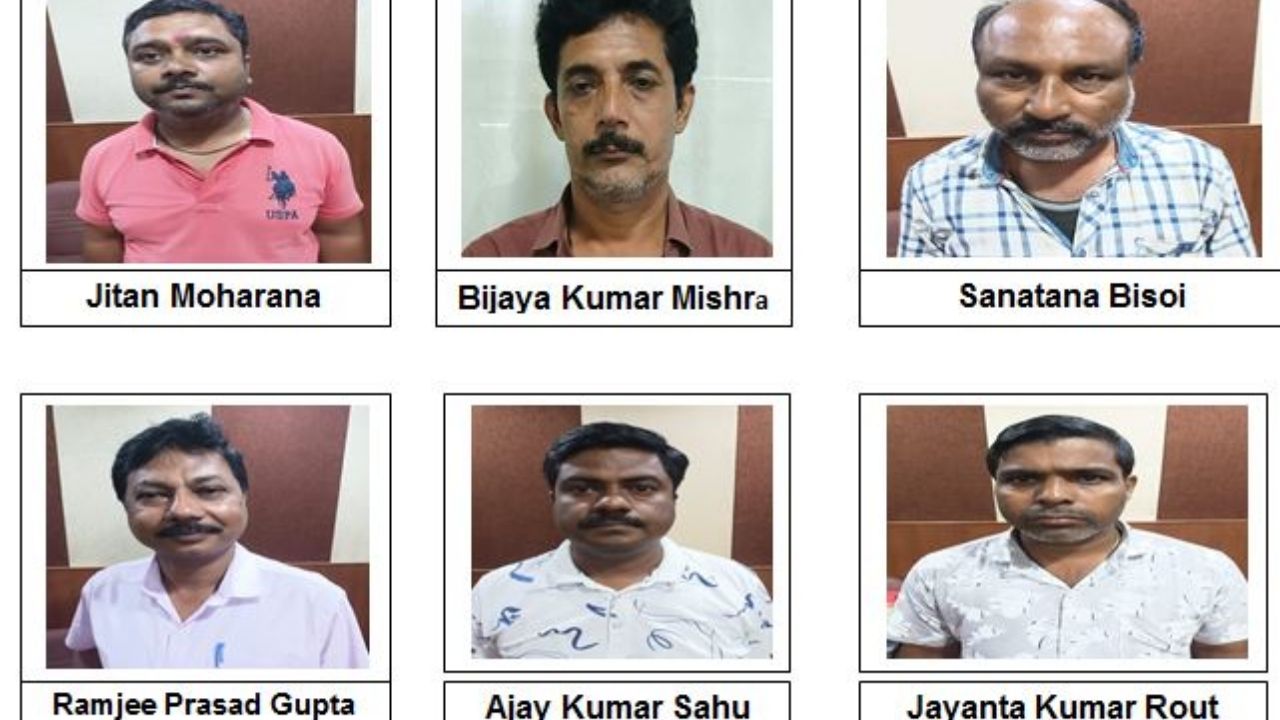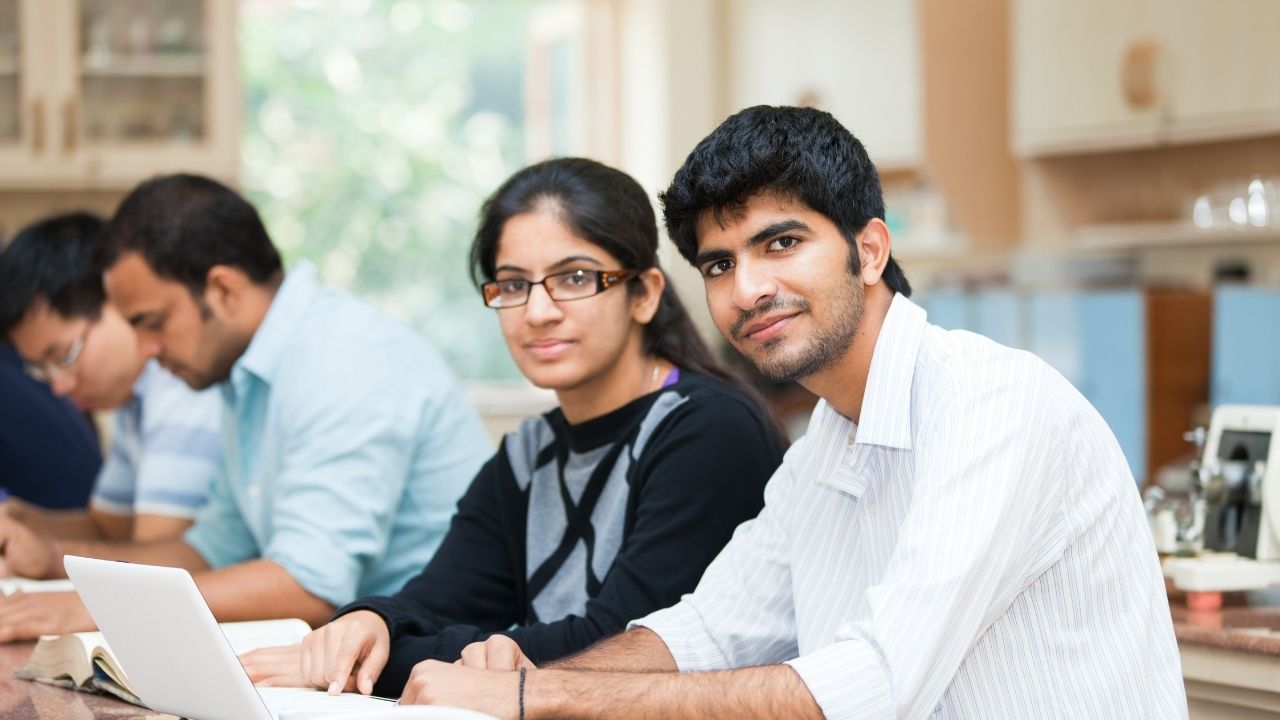In a groundbreaking initiative aimed at boosting science education and innovation, Odisha is setting out to transform its scientific landscape. The government has launched a visionary plan to establish planetariums in every one of the state’s 30 districts and to set up Innovation Hubs that will foster creativity and hands-on learning for students. This move aligns with the state’s Vision 2036 and 2047, which aim to propel Odisha into a leading position in science and technology. Through these innovative projects, Odisha is positioning itself as a hub for future scientists, engineers, and innovators.

This comprehensive outreach initiative reflects the state’s commitment to building a knowledge-based economy and nurturing a scientific community that can contribute to the nation’s global standing in research and development. With planetariums offering immersive experiences in astronomy and Innovation Hubs that act as incubators for the next generation of tech pioneers, the initiative offers something for everyone—whether you’re a curious student, a teacher, or an aspiring scientist.
Odisha’s Science Outreach
| Key Feature | Details |
|---|---|
| Planetariums | 30 districts will have their own planetariums, enhancing science education. |
| Innovation Hubs | Discovery Halls, Idea Labs, and Design Studios are being set up across districts to encourage hands-on learning. |
| ISRO Experience | 30 students per year will be sent to ISRO for first-hand exposure to space research. |
| Pathani Samanta Planetarium | Major renovations to be done on this iconic planetarium to make it a center for astronomy education. |
| Vision 2036 & 2047 | The initiative is part of Odisha’s long-term plan to become a leader in science and technology. |
| Official Sources | For more details, visit ommcomnews.com and pc.odisha.gov.in. |
Odisha’s science outreach initiative is not just about creating planetariums and innovation hubs; it’s about building a future where science, technology, and innovation are part of every student’s journey. The government is not only enhancing science education but also creating an ecosystem that nurtures the next generation of scientists, engineers, and innovators. By creating spaces that promote hands-on learning, exposure to real-world research, and access to world-class facilities, Odisha is paving the way for a brighter future for both its students and the state as a whole.
The Growing Need for Science Education in Odisha
Odisha has long been a state with rich cultural traditions, but the state government is now pivoting toward a future where science and innovation are at the forefront. The initiative for planetariums and Innovation Hubs comes at a time when the world is shifting toward a knowledge-based economy, one where science, technology, and engineering are central to growth.
Education is the foundation of this vision. While many states in India have been making strides in digital education, Odisha has now taken the leap into making science education more immersive and hands-on. Planetariums—essentially “museums of the sky”—are being developed as centers of astronomical learning, and the creation of Innovation Hubs will provide students with the tools and resources to explore their scientific ideas. These hubs are not just places to read about science; they are designed to bring ideas to life through project-based learning.

Planetariums: A Gateway to the Stars
The creation of planetariums in all 30 districts is set to revolutionize how students learn about the cosmos. Planetariums offer much more than just a place to look at the stars. They allow students to understand the universe in a deeply immersive way, from the laws of physics to the wonders of the cosmos. The Pathani Samanta Planetarium in Bhubaneswar, named after the famous astronomer, will also undergo extensive renovations, ensuring that it remains at the forefront of educational astronomy.
Planetariums are becoming vital tools for STEM education. By providing interactive experiences, students get a chance to learn about space, time, and the mysteries of the universe in a way that textbooks alone cannot offer. Imagine a young student from a remote village in Odisha walking into a state-of-the-art planetarium, watching a simulation of the solar system, and learning about planets, stars, and galaxies in 3D. This is the future that is now within reach for the students of Odisha.
Innovation Hubs: Fostering the Next Generation of Innovators
While planetariums address curiosity about the universe, the Innovation Hubs are focused on cultivating the innovators of tomorrow. The hubs are designed to provide hands-on experiences in various fields of science, technology, engineering, and mathematics (STEM). These hubs will feature Discovery Halls, Idea Labs, and Design Studios, offering students a chance to experiment, design, and prototype their ideas.
The Idea Labs and Design Studios are key to turning theoretical knowledge into real-world applications. Students will be able to build prototypes, conduct experiments, and engage in research and development, all under the guidance of experts and educators. This will bridge the gap between what is learned in the classroom and what can be done in the real world.
In today’s fast-changing world, hands-on learning and experimentation are often the missing link in traditional education. The Innovation Hubs aim to fill that gap by providing makerspaces and resources to ignite creativity and entrepreneurship among students. For example, a student passionate about robotics might use the Idea Lab to design a robot that can help in farming or healthcare—two sectors that are incredibly important in rural Odisha.
Practical Impact of the Science Outreach Initiative
The impact of this initiative will be felt not only in the academic sphere but also in the economy. By encouraging young people to pursue careers in science and technology, Odisha is preparing its workforce for the future. India’s space program, led by ISRO, is one of the most ambitious and successful in the world. Sending 30 students annually to ISRO for firsthand experience will give them a unique perspective on cutting-edge space research and the opportunity to contribute to India’s space ambitions.
Additionally, the establishment of these hubs will drive local innovation. Students will not only be prepared for careers in engineering, space research, and biotechnology, but they will also be encouraged to develop solutions to local problems, such as energy scarcity or agricultural challenges. These hubs are a breeding ground for ideas that can transform both the state and the country.
A Step-by-Step Guide to the Odisha Science Outreach Initiative
Step 1: Planetarium Installation in Every District
Each of the 30 districts in Odisha will have a state-of-the-art planetarium, offering students and the public access to high-quality astronomy education. These planetariums will serve as educational hubs for interactive science shows and stargazing sessions.
Step 2: Building the Innovation Hubs
The Innovation Hubs will be set up across the districts. Each hub will consist of Discovery Halls, Idea Labs, and Design Studios. These facilities will allow students to experiment with their ideas, engage in research, and even build prototypes.
Step 3: Student Exposure to ISRO
Annually, 30 students will be selected to attend the ISRO experience. More details on the application process can be found on the official website of the Odisha government or through educational institutions.
Step 4: Renovation of Pathani Samanta Planetarium
The Pathani Samanta Planetarium in Bhubaneswar will undergo a major renovation to enhance its facilities and ensure it continues to be a center of excellence for astronomy education.
Odisha CHSE to Revise Plus 2 Curriculum, Adds Environmental and Value Education Units
Yuvodaya Honors NEET and JEE Achievers: Celebrating Excellence in Education
9 Students to Receive Rs 1 Lakh Each After College Fails to Provide Degrees: What You Need to Know
FAQs
1. What is a planetarium and why is it important?
A planetarium is a building or dome-shaped theater that projects images of stars, planets, and other celestial bodies onto a large screen. It is important because it makes astronomy accessible, allowing students and the public to explore the universe in a visually immersive way.
2. How will Innovation Hubs help students?
Innovation Hubs provide hands-on learning experiences where students can engage in scientific research and experimentation. They can build prototypes, work on design projects, and even collaborate with experts to bring their ideas to life.
3. How can students apply for the ISRO exposure program?
Each year, 30 students will be selected to attend the ISRO experience. More details on the application process can be found on the official website of the Odisha government or through educational institutions.
4. What other benefits do these programs offer?
Besides enriching science education, these initiatives encourage creativity, entrepreneurship, and problem-solving. Students will be equipped with the skills needed to excel in careers related to STEM fields.





